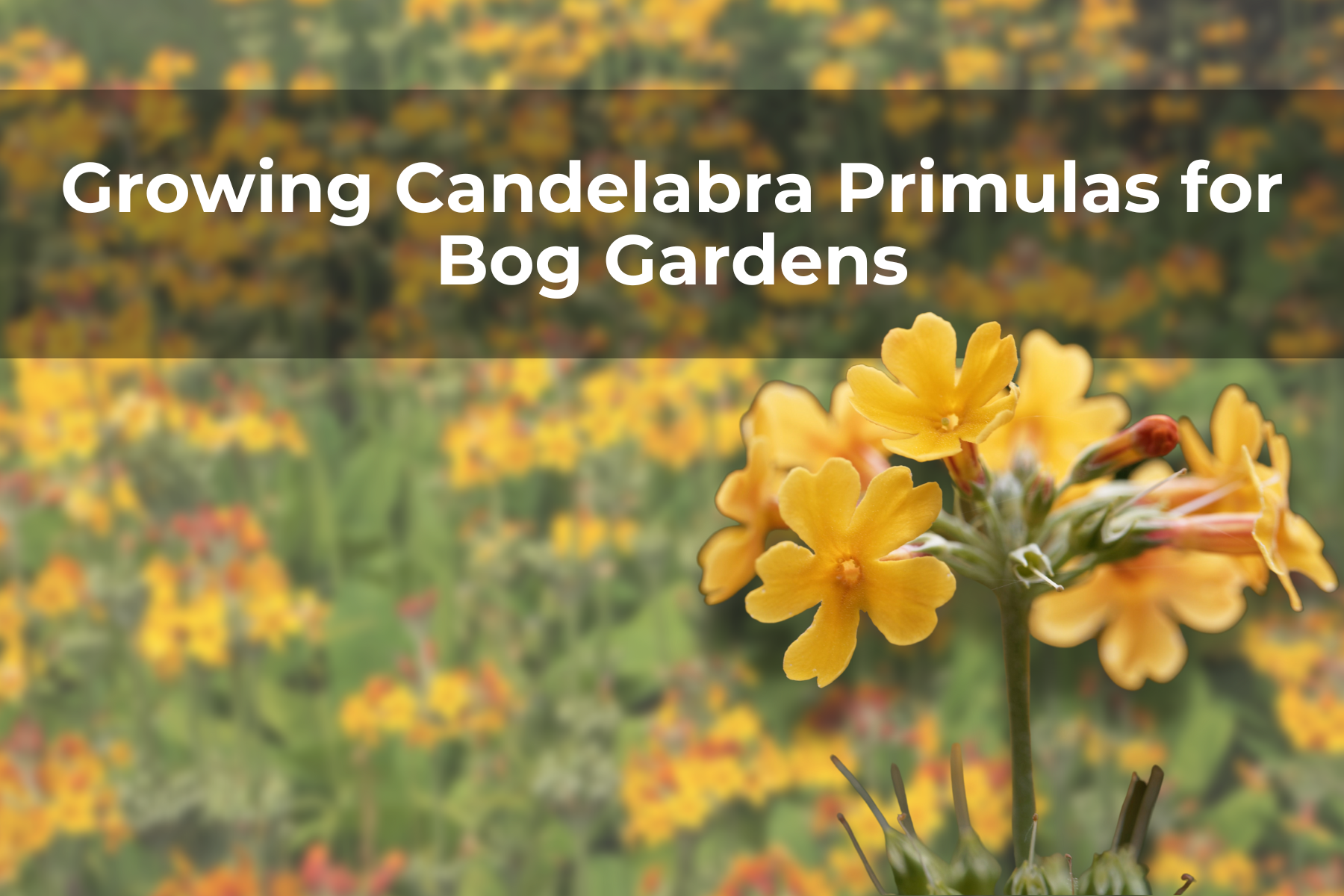Last Updated on April 16, 2024 by Real Men Sow
The high mountain meadow primulas can grow to 1m tall and have whorls up their stems. These primulas are often called Candelabra primroses, Candelabra Primulas, or bog garden primulas. They are very hardy and can last for many years if they are not dried out. They are most at home in bog gardens, near streams, or along pond edges.
These plants also thrive in moist shady areas. For the best results, plant them in large groups or in drifts. You can also combine them with other foliage plants like ferns or hostas. In late spring, they will display a spectacular display. You should be aware that many primulas in this group can hybridize, so you’ll need to plant them in different areas of your garden if you want their offspring to be the same color.
Conditions for Candelabra Primulas to Thrive
The plants that prefer bog gardens are able to thrive in soggy soil, but they don’t like standing water. The candelabra Primula family is no exception. Many primroses are water-loving and prefer cool summers. They love moist, acidic soil with humus rich. They can be planted in partial shade away from the summer sun but not in full shade. These plants thrive in a north-facing, shady, wet border, or damp woodland garden at the edge of a stream.
Candelabra primroses are easy-to-seed, clump-forming plants. They can be easily removed if they grow in areas you don’t want. To help the soil stay moist, add rich organic matter or mulch in late winter and early spring. It is important to keep their roots cool in the summer. It is important to keep the soil from drying out. They do not tolerate dry conditions. These primroses need to be hydrated throughout the summer.
After they finish their flowering cycle, take out the stems and wilted flowers. Candelabra primulas can keep their leaves green until winter. After that, they will die back. Winter care should be minimal. Leave the leaves that are not in use for winter care in colder areas where temperatures fluctuate to insulate the primrose root area. To ensure that they return year after year, you should remove any old leaves.
Pests And Diseases
Candelabra primroses require soggy soil conditions. If allowed to dry out, they will die. Sometimes, root weevil larvae may infest them by digging into their roots. Slugs and snails might take a bite. They are usually trouble-free. They are also rabbit and deer resistant.
Recommended Candelabra Primrose Varieties
- P. beesiana – The deep pink or reddish purple flowers of the P.beesiana have yellow centers or ‘eyes. The height and spread of the P. beesiana is approximately 30 cm (12×8 in)
- P. bulleyana – is semi-evergreen and the buds initially appear orange or red. However, the flowers that emerge are yellow, orange, pink, and red. The height and spread of the flowers is approximately 50x20cm (20×8 in).
- P. japonica (or Japanese primrose) – has pink or purple flowers and dark eyes. A pretty variety has white flowers with a yellow center. The height and spread of P. japonica is generally 40×20 cm (16×8 in).
- P. prolifera – The yellow-colored, fragrant flowers of P. helodoxa range from light to dark. The height and spread of the plant is approximately 60 cm (20 cm) (24 x 8 inches).
- P.pulverulenta – produces deep red, pink, or purple flowers with darker eyes. They have a distinct wrinkled leaf shape and whitish stem. The height and spread of these plants is 80 cm x 20cm (32 x 8 inches).

